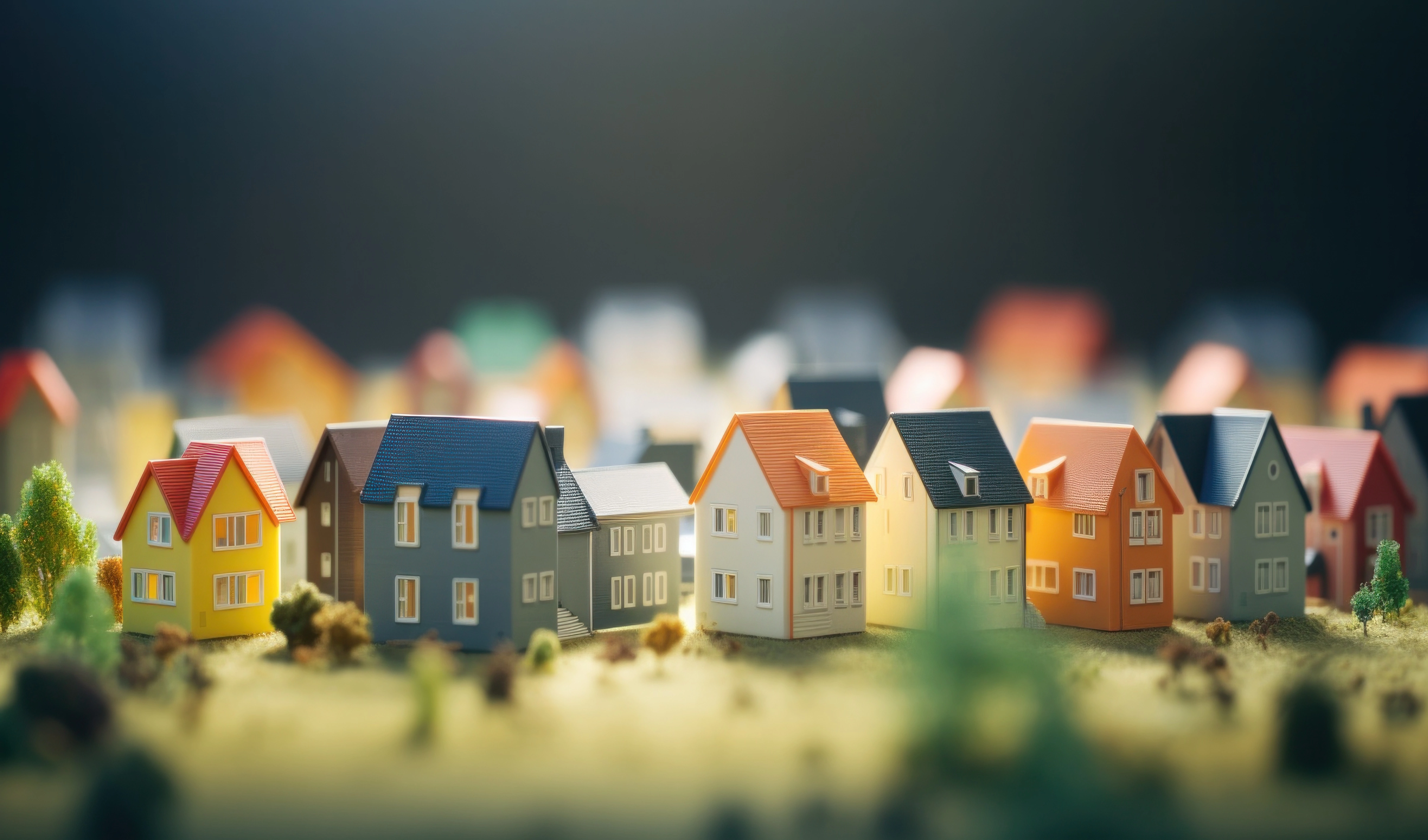Emerging Trends in Residential Property Development

Emerging Trends in Residential Property Development
The world of residential property development is constantly evolving, driven by changing demographics, technological advancements, and shifting societal preferences. Developers and investors must stay attuned to the latest trends to meet the demands of today's homebuyers. In this article, we will explore the emerging trends that are shaping the landscape of residential property development.
Co-Living and Shared Spaces
Co-living, a concept popular among millennials and young professionals, involves shared living spaces that offer private bedrooms but communal living areas. Developers are recognizing the demand for co-living arrangements and are designing properties to accommodate this trend. These developments often come with shared kitchens, lounges, and even co-working spaces, providing affordability and a sense of community.
Affordable Housing Solutions
Addressing the affordability crisis in housing, developers are increasingly focusing on creating affordable housing solutions. This includes the construction of smaller, more affordable units, as well as the allocation of a percentage of new developments to affordable housing. Governments and developers are collaborating to make homeownership more accessible to a broader range of buyers.
Energy-Efficient and Net-Zero Homes
With a growing emphasis on reducing carbon footprints, energy-efficient and net-zero homes are becoming more common. These homes are designed to minimise energy consumption and often generate their electricity through renewable sources like solar panels. Buyers are attracted to the long-term cost savings and the positive environmental impact of such properties.
Personalised Home Experiences
Developers are offering more personalised home experiences by allowing buyers to customise their homes. From selecting finishes and fixtures to choosing layouts, buyers can tailor their homes to their specific needs and preferences. This level of personalisation enhances the emotional connection buyers have with their homes.
Accessibility and Inclusivity
Residential developments are increasingly incorporating accessibility features to cater to a broader range of residents, including those with disabilities or mobility challenges. This includes features like wider doorways, ramps, and accessible common areas. Inclusivity is not only a legal requirement but also a moral imperative in modern property development.
Remote Work-Friendly Spaces
The rise of remote work has led to a demand for properties that cater to remote work needs. Developers are incorporating home offices, high-speed internet infrastructure, and soundproofing into their designs to create conducive work environments within homes. This trend is expected to continue as remote work becomes a more permanent fixture of the professional landscape.
Conclusion
These emerging trends in residential property development reflect the changing needs and desires of modern homeowners. As technology, sustainability, and community become increasingly important, developers will continue to adapt to create homes that meet these demands. Staying informed about these trends will help both buyers and developers navigate the evolving landscape of residential real estate.
No posts found
Write a review